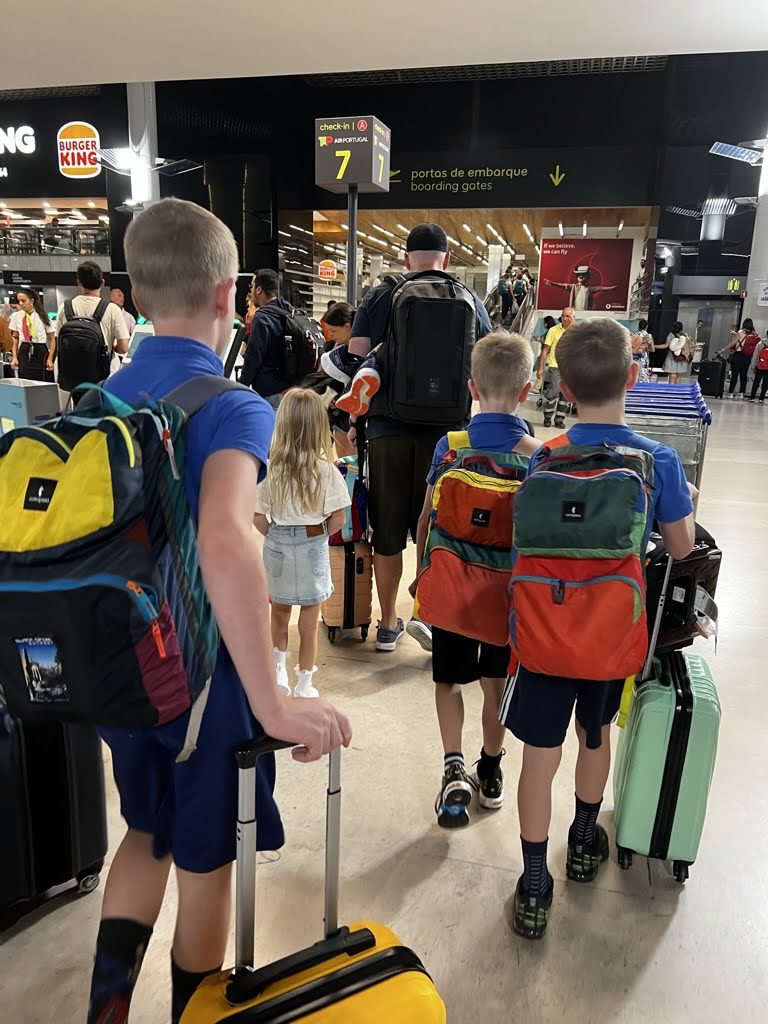

Traveling with children is different from traveling as a couple. Frankly, before we had kids, we were young and broke, so we traveled little and not internationally (unless our parents were helping us out!).
Our first big international trip was to Grand Cayman with my parents when we had two small children, and I still remember how stressed I was! Everything was SO foreign; the flight stressed me out, and the unknown was quite scary.
Now, we could book tickets in the next few hours to fly on a 10-hour flight tomorrow, and our kids would be so excited! They love traveling, even when it’s hard sometimes. However, this comes with hundreds of flights of practice. A primary focus of this blog is to empower more families to travel. I hope this guide helps.
Now that we live in Europe, we’ve flown quite a bit around the European continent. We’ve also tackled it by road trip and by train. Flying with kids in Europe can be a smooth experience with the right preparation. Here are some tips to help you navigate European airports and airlines effectively.
*Disclaimer: This post may contain affiliate links. Opinions shared are my own, and I only endorse products I support. By clicking on any of the links below, I may get a small commission if you purchase at absolutely no additional charge to you. I appreciate your support.*
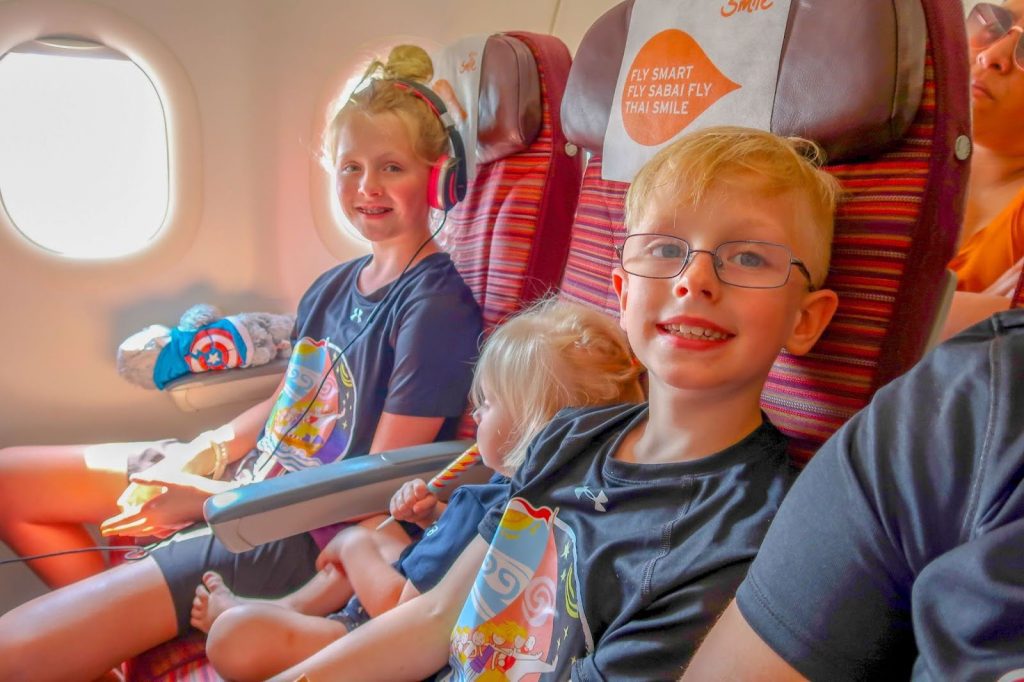
Traveling with kids opens a unique set of challenges and considerations that require careful planning and preparation. You know your kids better than anyone and have a decent idea of what they might do on a flight.
If they love a tablet, embrace that. We limit tablets to only travel times (seriously), and this makes travel days super special. They want LOTS of hours of travel to enjoy them. If your child is too small, bring something else novel and new.
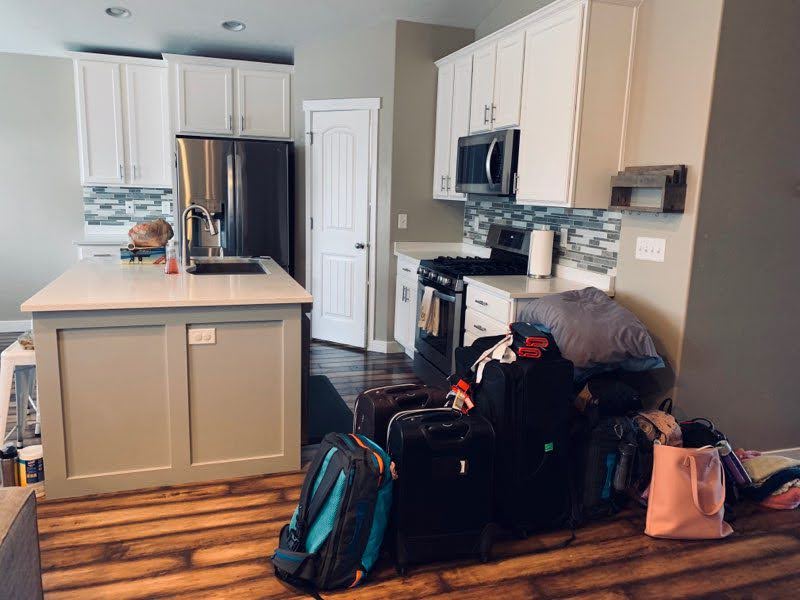
Ensuring your kids feel comfortable during the flight is key. Be sure to pack essential items like extra diapers, wipes, formula, and plenty of snacks to keep them content. In fact, when we were still in diaper mode, I packed enough diapers and wipes for 2-3 days! An unexpected layover is a LOT more stressful without diapers or formula, and these supplies can be hard to find in airports and airport hotels.
I pack enough snacks that could potentially serve as meals for 24 hours. We’ve had many travel days where we didn’t have enough time to get food in airports. Flights get delayed, baggage gets delayed, and connections can be tight. Airlines barely serve food on under 6-hour flights, and any offerings can be expensive.
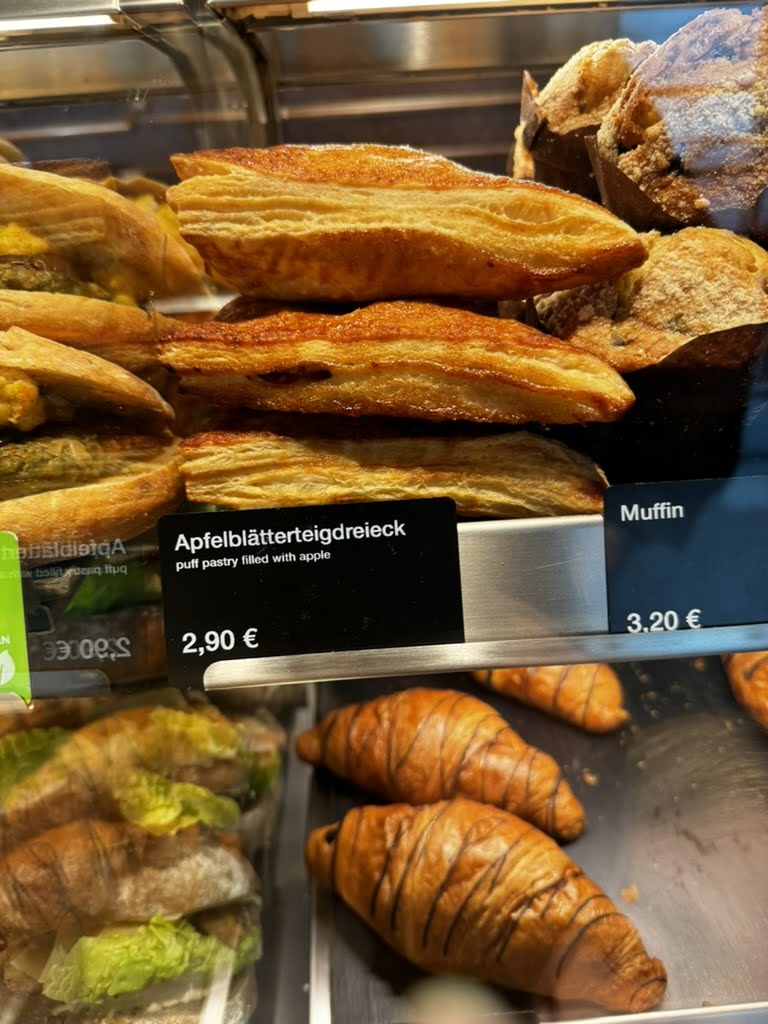
With the little crowd (under 5-7 years), introducing new toys can add excitement and keep them engaged. Many times, I have hit up the dollar store before a flight to get some cheap, totally new stuff for the airplane. A bit of painter’s tape and new toys can keep a toddler busy for hours. Window stickers can also be fun! Toddlers need a new distraction about every 30 minutes, so plan accordingly.
Additionally, don’t forget comfort items such as blankets and stuffed animals to help create a cozy environment for them onboard.
Ensuring your travel documents, including passports, visas, and travel insurance, are well-organized can significantly alleviate stress, especially when navigating busy airports with kids in tow. Having all essential information in one accessible place ensures you’re prepared to provide it promptly whenever required.
You’ll always find that traveler with a file folder ready to go… I’m not that prepared. Everything is basically on your phone these days, but having a good passport holder and labeling your passports can be very helpful! We have some small tape on the front of each of ours so I can quickly pull the right one.
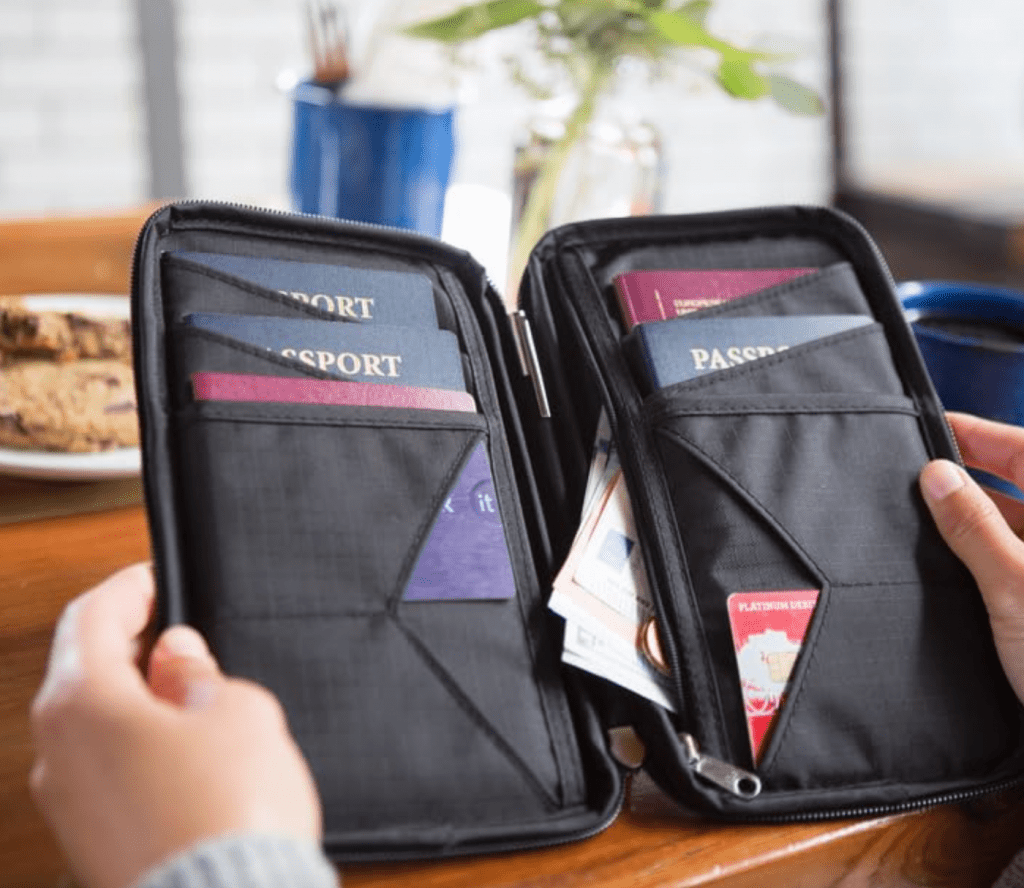
I also have several notes handy on my phone, such as one with everyone’s passport number, date, and date of expiry. This helps so much at customs or when filling out customs forms. I also use it regularly when checking in for an international fight.
Selecting seats strategically is crucial, particularly when traveling with more than two kids. Opting for seats together ensures convenience and peace of mind, allowing easy access for tasks like accompanying children to the restroom, addressing tantrums, or attending to their needs without unnecessary stress. Investing a little extra to secure seats can significantly enhance your overall comfort during the flight.
Since we are an odd number, someone always has to sit alone, or two kids must sit with a stranger. It’s not ideal, but we make it work. We prefer to sit near the front of the plane, but this can be expensive if you don’t have airline reward privileges.
Usually, we have a parent in each row. If we are sleeping, we have adults take the window seats, and the kids take the middle and aisle seats. Our kids have even slipped onto the floor to sleep on some long international flights.
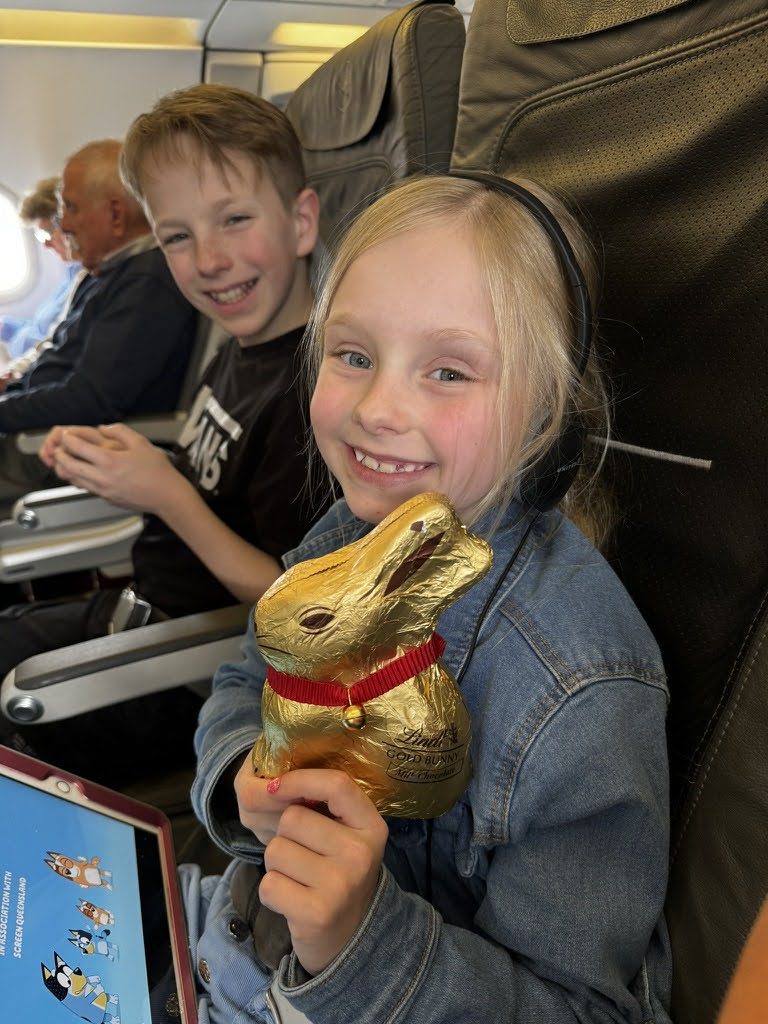
Ensure your children are dressed in comfortable attire for the flight, and consider packing layers to adapt to temperature variations onboard the plane. Opt for loose-fitting clothing to maximize comfort and relaxation, avoiding any tight clothing. Each airline has its own temperature, but US airlines tend to keep it very cold. This can get uncomfortable on a long flight.
Don’t assume you’ll get a blanket on a flight. Consider packing a travel blanket, as these can also be used for sleeping in airports. We’ve had to do that many times.
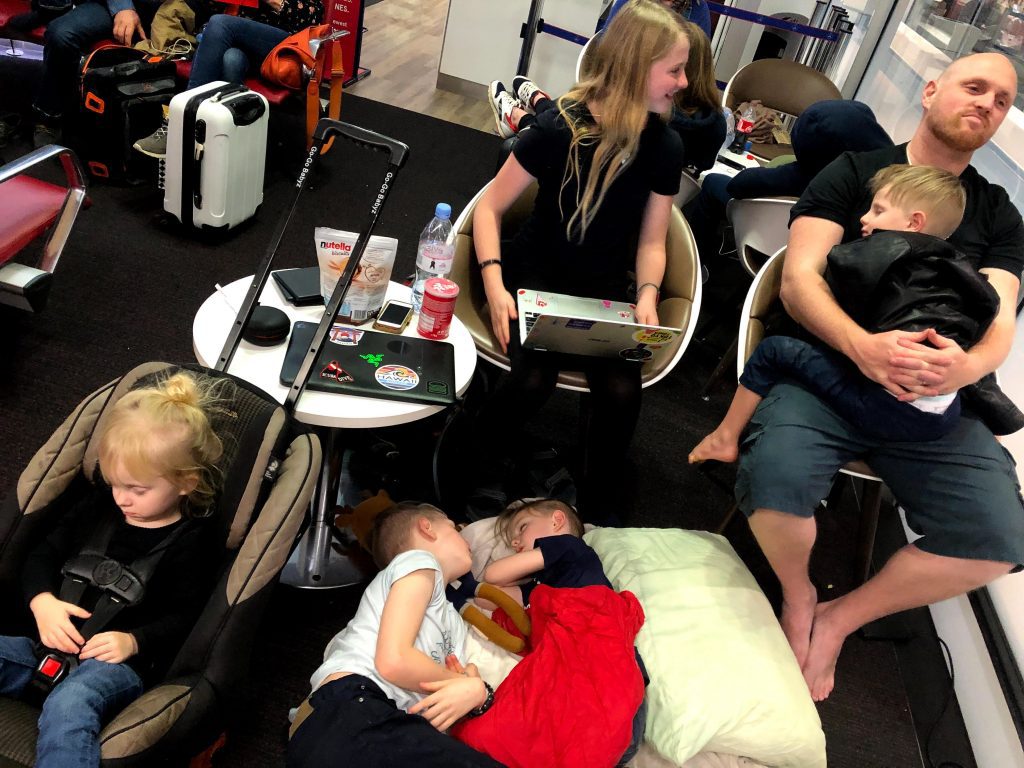
Selecting a late flight? In this situation, sleep plans become particularly crucial. Encourage your children to rest during the flight by ensuring they have travel pillows, blankets, and eye masks for a cozy sleeping setup. For red-eye flights, we always take a nap during the day before the flight.
If the flight is international and long, we wait until the first meal has been served to sleep. This often comes after about an hour of flying and will disrupt anyone asleep (or your kids won’t eat at all, and then they will inevitably wake starving).
When purchasing tickets for your family’s trip to Europe, it’s essential to consider various factors, including the airline options available, their specific restrictions, and any regulations that may impact your travel experience. Overall, they are similar but can vary in their prices, layovers, and travel times. When it comes to restrictions, here’s what you need to know:
| Airline | Top US Hubs | Direct Flights from Hubs | Baggage Allowance | Baggage Fees (Economy) | Kids Restrictions |
| American Airlines | Dallas/Fort Worth Miami New York–JFK | Dallas/Fort Worth: London, Paris, Madrid, Rome Los Angeles: London, Paris, Madrid Miami: London, Paris, Madrid, Barcelona, Rome New York–JFK: London, Paris, Madrid, Barcelona, Rome, Milan, Dublin, Athens, Zurich | 1 free checked bag (23kg) | $30-$60 for 1st bag | Under 2 years old free on lap |
| JetBlue | Boston Los Angeles New York–JFK | Boston: London (Heathrow and Gatwick), Paris, Amsterdam Los Angeles: London (Heathrow) New York–JFK: London (Heathrow and Gatwick), Paris, Amsterdam, Lisbon, Dublin | 1 free checked bag (22kg) | $30-$65 for 1st bag | Under 2 years old free on lap |
| Delta Air Lines | Salt Lake City Atlanta Boston New York–JFK | Salt Lake City: Paris, London (Heathrow) Atlanta: Amsterdam, Paris, London, Rome, Madrid,, Zurich Boston: Amsterdam, Paris, London, Rome, Lisbon New York–JFK: Amsterdam, Paris, London, Rome, Lisbon, Madrid,, Zurich | 1 free checked bag (23kg) | $30-$60 for 1st bag | Under 2 years old free on lap |
| United Airlines | Denver Houston Newark | Denver: Frankfurt, London, Munich Houston: Amsterdam, London, Munich, Paris Newark: Amsterdam, Barcelona, Lisbon, London, Madrid, Paris, Zurich | 1 free checked bag (23kg) | $35-$70 for 1st bag | Under 2 years old free on lap |
| Airline | Europe Hubs | Baggage Allowance (incl. Strollers/Car Seats) | Baggage Fees (Economy) | Kids Restrictions |
| Lufthansa | Frankfurt, Munich | 1 carry-on + personal item. Stroller and car seat free. | 1st bag free, 2nd €100 | Children under 2 without seats: 10% of adult fare. Child seats required +2- years. |
| Air France | Paris Charles de Gaulle | 1 carry-on + personal item. Stroller and car seat free. | 1st bag free, 2nd €85 | Infants (0-2) without seat: 10% of adult fare. Child seats required +2- years. |
| Ryanair | Dublin, London Stansted | 1 small bag. Stroller and car seat free. | 1st bag €/£25-40, 2nd €/£40-50 | Infants (0-2) without seat: €/£25 or €/£0 for 2nd infant. Child seats required +2- years. |
| KLM | Amsterdam Schiphol | 1 carry-on + personal item. Stroller and car seat free. | 1st bag free, 2nd €85 | Infants (0-2) without seat: 10% of adult fare. Child seats required +2- years. |
When purchasing your tickets, I recommend considering the schedules carefully. While you know your kids best, it’s essential to ensure that the flight disrupts your child’s routine as little as possible, especially considering that flights can be long depending on where you’re traveling from.
When traveling to Europe, it’s essential to be aware that baggage weight limits can differ between airlines, especially when comparing budget airlines to major carriers. Budget airlines operating in Europe often enforce stricter weight allowances for both carry-on and checked luggage. Exceeding these limits may result in additional fees.
Therefore, it’s crucial to review the baggage policies of your chosen airline before your trip to European airports to avoid any surprises at check-in. (Check chart above) Additionally, it’s important to understand the policies regarding car seats and strollers on European airlines. Some airlines allow these items to be checked for free, while others may count them as part of your baggage allowance. Ensure your car seat and stroller meet the airline’s safety requirements, and label them with your contact information.
Arriving at an airport in a new European country can be overwhelming, especially when traveling with kids. Whether you’re flying into a bustling hub like Heathrow-UK or a smaller regional airport, these tips will help you and your family navigate with ease.
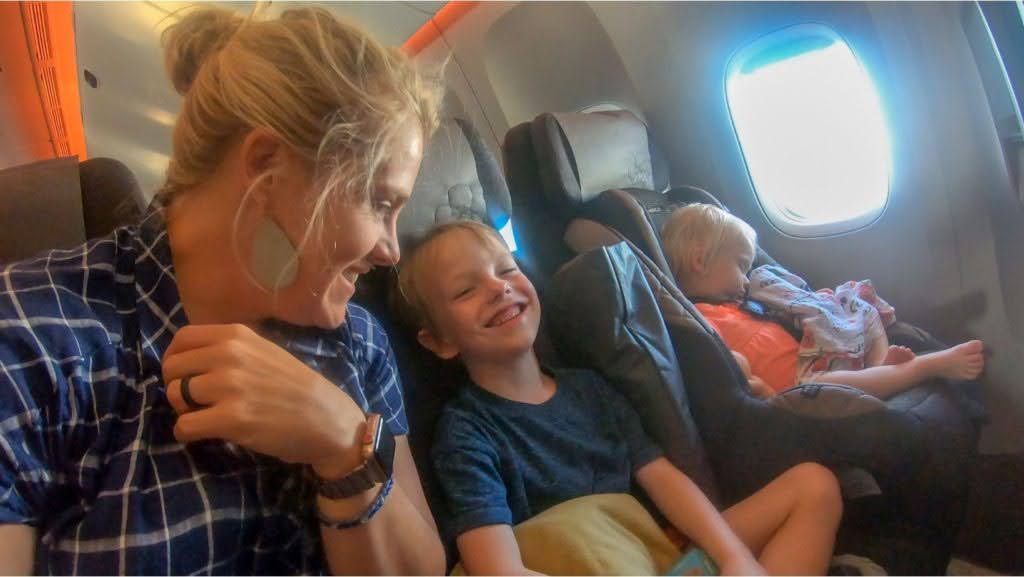
Arriving at the airport with plenty of time before your flight helps manage the unexpected, such as long security lines or last-minute diaper changes. Additionally, many airlines want or require check in to happen BEFORE you get to the flight. This is especially true for budget European airlines.
Ryan Air, for example, wouldn’t let us check in online. This is due to our having a Portuguese visa. However, because we didn’t check in online before arriving at the airport, we paid a few hundred euros in fees! While totally unfair, this is a game they play to earn more money, and they didn’t care in the least that we were having troubles.
Tip: Try to arrive at least 2-3 hours before your flight, especially for international travel.
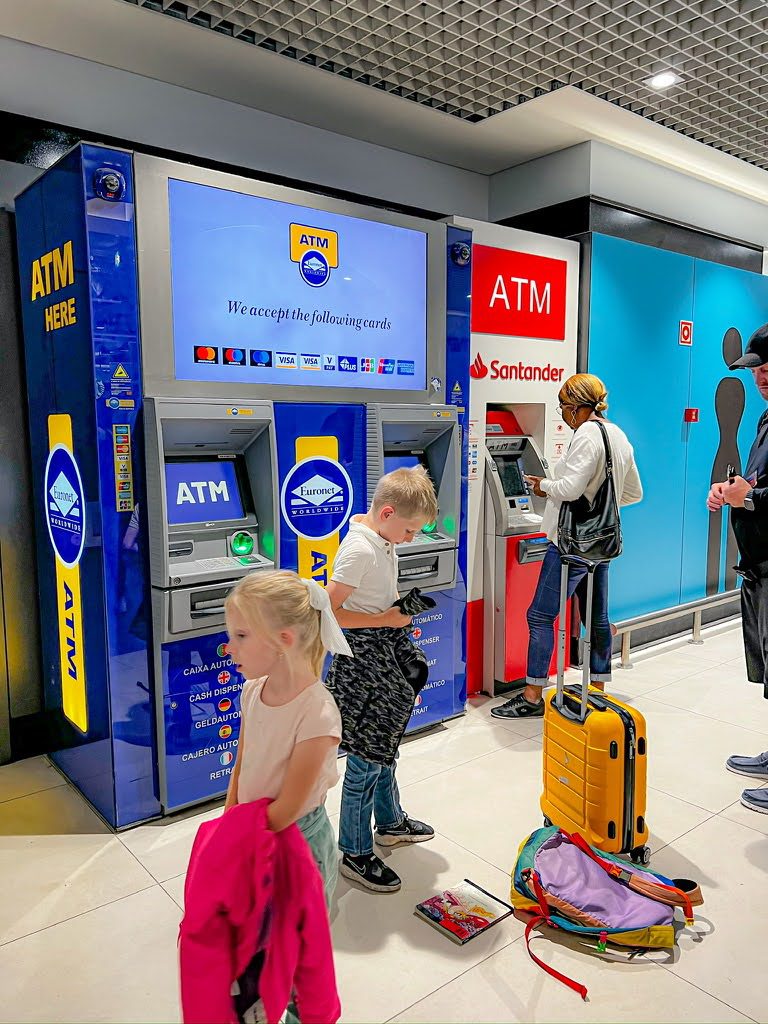
Familiarizing yourself with the layout of the airports, especially the location of your airline gates, can save time and reduce stress. Knowing where bathrooms are with little kids can be a lifesaver!
Tip: Research the airport layout online or use airport apps to find the locations of check-in counters, security checkpoints, restrooms, and family-friendly amenities.
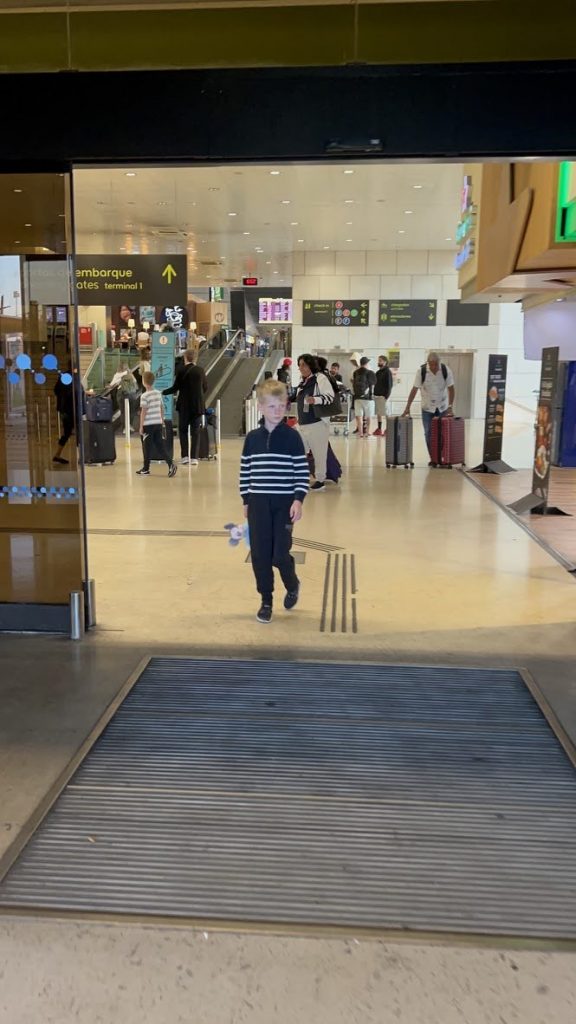
Many European airports have dedicated family lanes at security checkpoints to speed up the process for travelers with young children. In fact, airports in Europe prioritize families much more than in the US. We are often bumped to the front of the line even though our kids are older. The sheer size of the family gets us a pass in many European situations.
Tip: Look for signs indicating family lanes, or ask airport staff for directions.
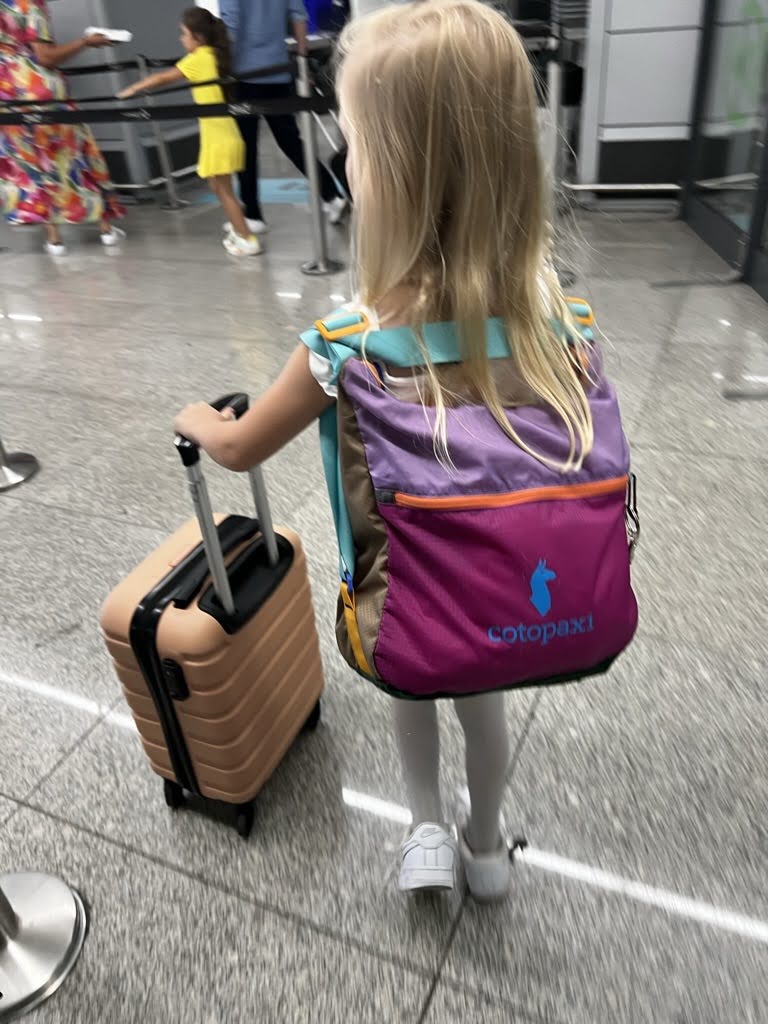
Most airlines offer priority boarding for families with young children, allowing you extra time to get settled.
Tip: Take advantage of this service to ensure you have enough time to store your carry-on items and get your kids comfortable.
Airports in Europe often have play areas, nursing rooms, and kid-friendly zones to keep children entertained and comfortable.
Tip: Locate these amenities ahead of time to provide your kids with a place to burn off energy before the flight.
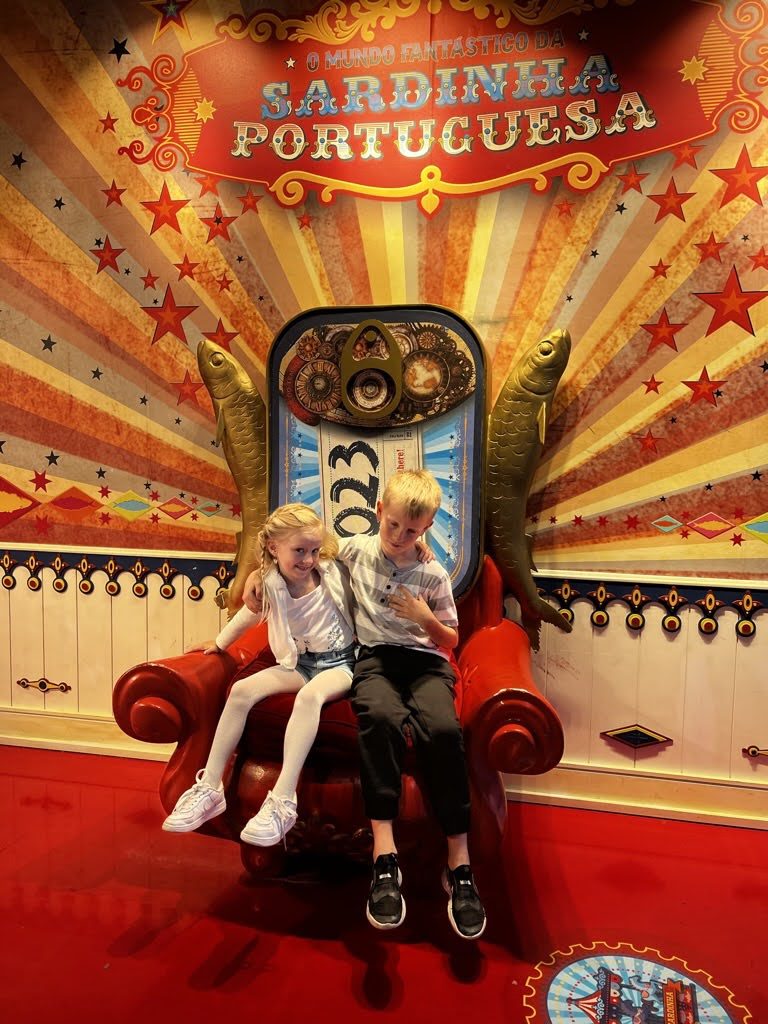
Going through security can be challenging with kids, especially if you have strollers, car seats, or other bulky items. Strollers can be a waste in Europe anyway, so consider leaving them at home and just using baby carriers. Cobblestone streets and lots of stairs in these ancient European cities can be horrible with strollers!
Tip: Be prepared to take kids out of strollers and remove any large items from bags. Keep liquids and electronics easily accessible.
Having snacks on hand can prevent meltdowns and keep kids satisfied during waiting times. You can sneak in some beverages for the kids if you are upfront about it in security and they check it. I’ve gotten ice for myself before by saying it’s “for the kids.”
Tip: Pack a variety of snacks, and be aware of restrictions on liquids when passing through security.
Flight delays can happen, and having a plan can make them more manageable. However, take note in Europe of your delay times. Any flight delayed for more than four hours in Europe is entitled to compensation by law!
Tip: Bring extra activities, snacks, and comfort items to keep kids occupied. Know the locations of family-friendly restaurants and rest areas.
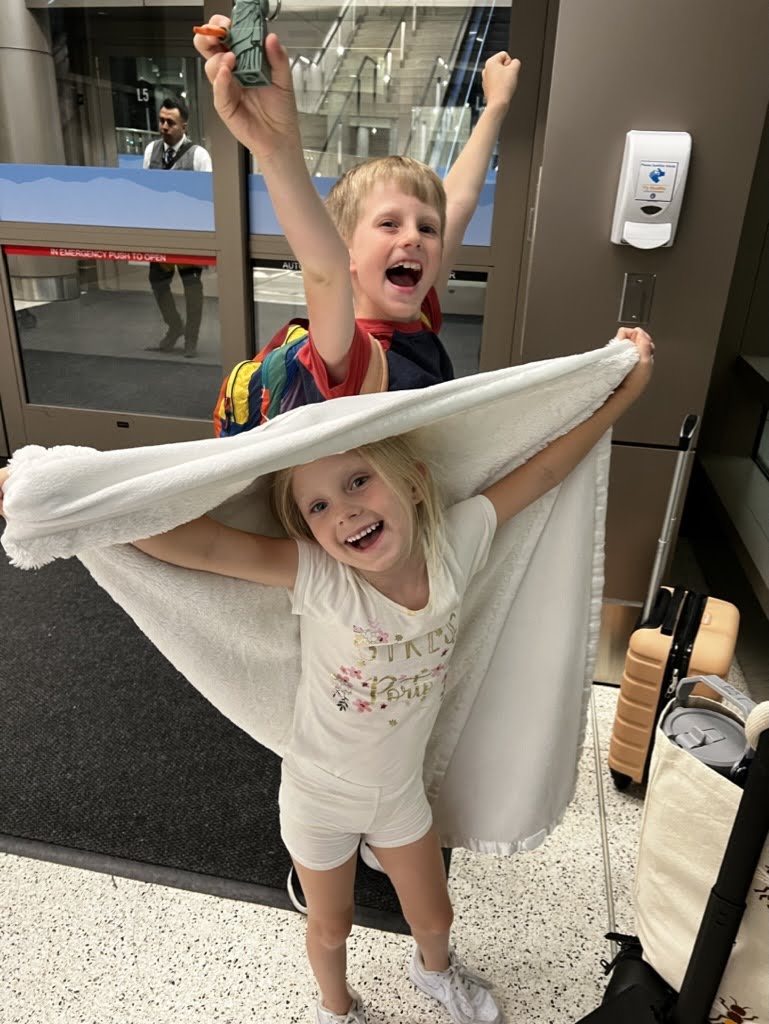
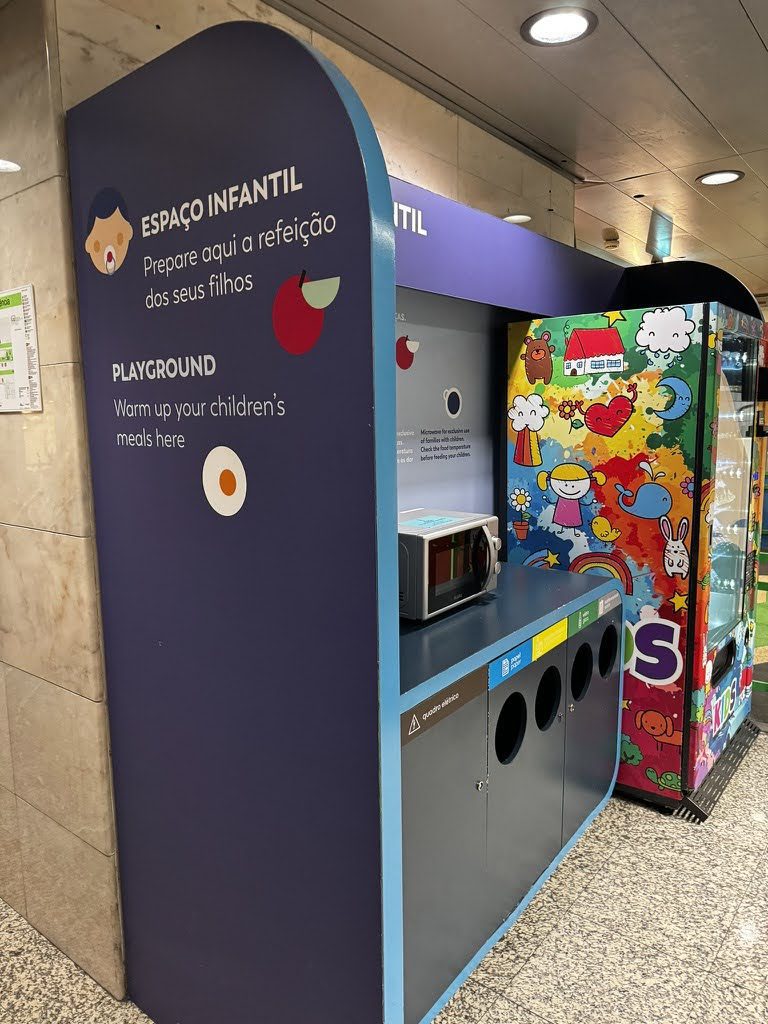
Navigating an airport where you don’t speak the language can add stress, but thankfully, English is the language of travel, even in Europe.
Tip: Learn a few key phrases in the local language or use a translation app. Airport signs are often in multiple languages, including English.
Flying to Europe means you’ll changing some major time zones and likely going to fly overnight there. Most fights to Europe from the US leave in the afternoon or evening and arrive in the morning in Europe. It’s best to try and get some shut eye on the way there and then stay up until a decent bedtime.
No matter what, you’ll be dealing with some jet lag! I’ve heard jet lag can last about one day per time zone difference. If you are flying from Colorado to Lisbon, like we do on a reglar basis, it is a 7-hour time difference. That means jet lag may last up to seven days or more. We typically deal with jet lag for at least 3-4 days after arriving.
Jet lag can disrupt sleep patterns and make the first few days of your trip difficult. However, with some careful planning and a few strategic steps, you can help your kids adjust more quickly to the new time zone. Here are 10 essential tips for dealing with jet lag when traveling to Europe with kids from 0 to 12 years old.
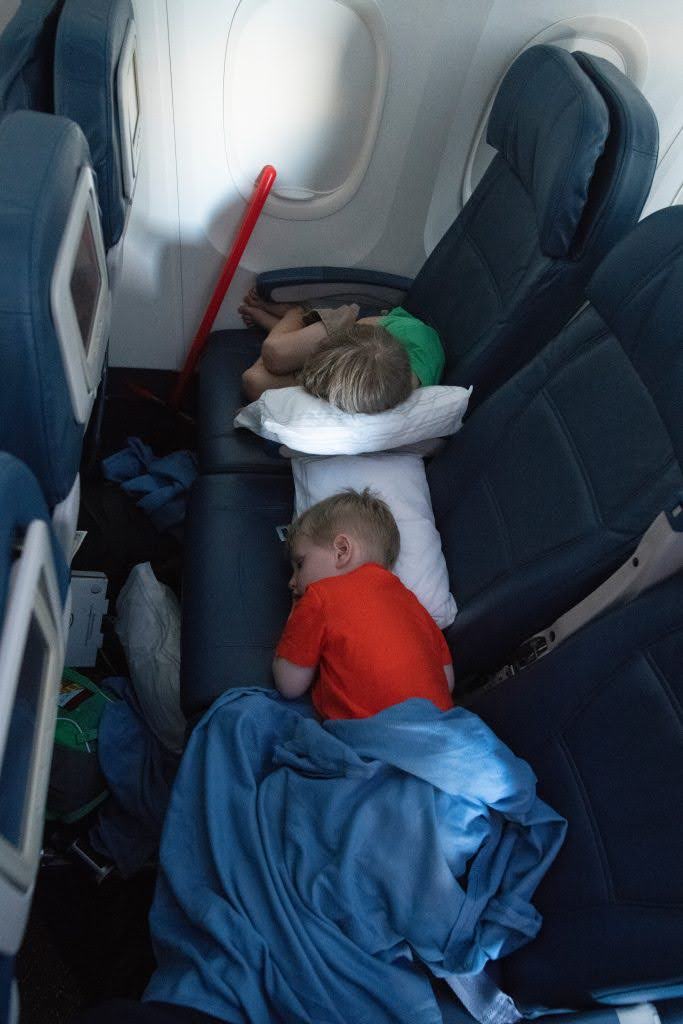
Finally, you’ve survived the flight and are in Europe! I promise it will all be worth it, and you’ll fall in love with the trip. Travel days are meant to be survived.
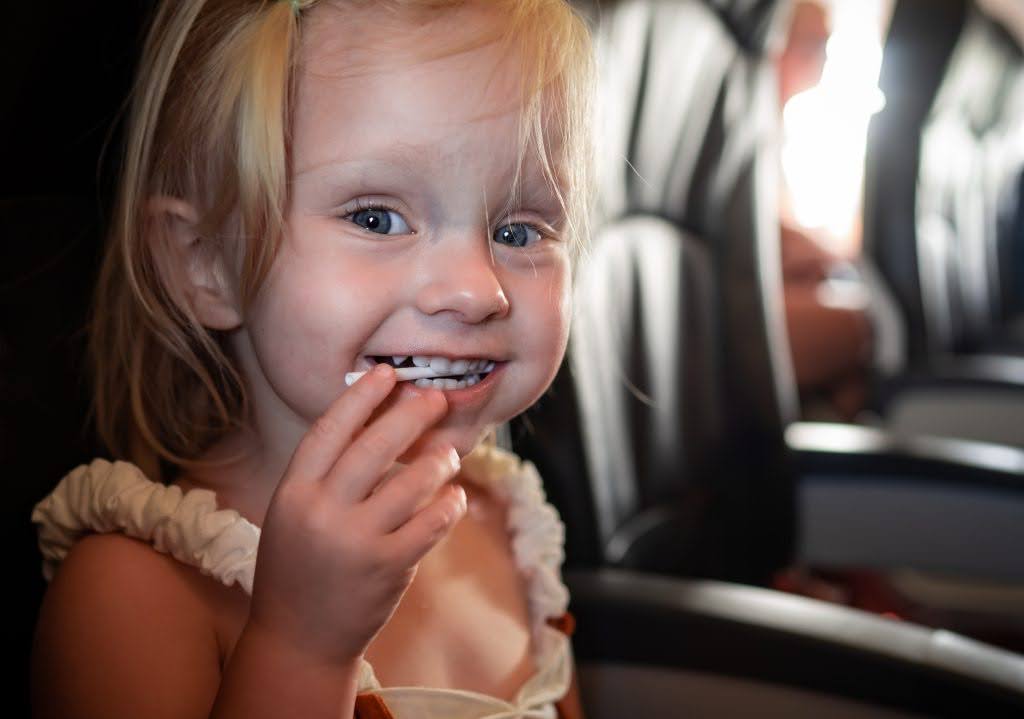
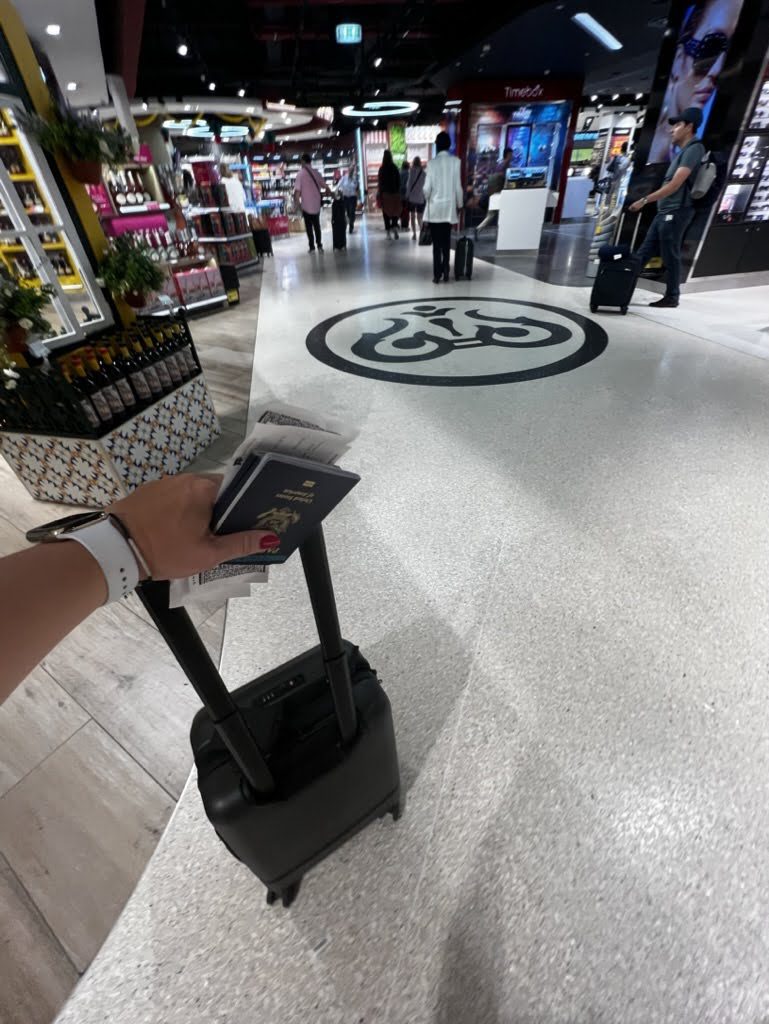
Navigating airports in Europe can be a smooth and efficient experience with a bit of preparation. Here are some tips to help you make the most of your time in European airports:
Hope you have a nice trip with your kids to Europe!
Xoxo,
Leslie

Plan your next trip to Europe and get some budget-friendly tickets from Expedia, Booking.com, Skyscanner, or Kiwi.com.
Find great deals on family-friendly hotels in Europe from Expedia, or Vrbo, (we also love Tripadvisor and Hotels.com).
Discover Europe through exciting activities from GetYourGuide, Airbnb Experiences, or Viator.
Need to rent a car? Visit Europcar
Get insured while traveling with SafetyWing
Want to have a photo shoot while on vacation in Europe Book a professional photographer from flytographer.
Capture your best travel memories in Europe as we do with a GroPro, Sony camera, or our favorite drones: DJI FPV, Air, and Mini
Check out your travel necessities from a comprehensive list of all the 7Wayfinders Travel Must-Haves. Click Here!
How To Conquer Training Around Europe With Kids
30 Must-Have Tips for Flying With a Toddler
